Rising Demand for Food Security
The Agricultural Soil Testing Equipment Market is experiencing a surge in demand driven by the increasing need for food security. As the global population continues to grow, the pressure on agricultural systems intensifies. Farmers are increasingly recognizing the importance of soil health in maximizing crop yields. Soil testing equipment enables precise analysis of nutrient levels, pH, and organic matter, which are critical for informed decision-making. According to recent data, the agricultural sector is projected to grow at a compound annual growth rate of 3.5% over the next five years, further emphasizing the necessity for effective soil management practices. This trend indicates a robust market for soil testing equipment, as stakeholders seek to enhance productivity and sustainability in their farming operations.
Government Initiatives and Support
Government initiatives aimed at promoting sustainable agriculture are significantly influencing the Agricultural Soil Testing Equipment Market. Various countries are implementing policies that encourage farmers to adopt soil testing practices to optimize resource use and minimize environmental impact. For instance, subsidies and grants for purchasing soil testing equipment are becoming more common, making it financially feasible for smallholder farmers to invest in these technologies. Additionally, educational programs are being established to raise awareness about the benefits of soil testing. This governmental support not only boosts the market for soil testing equipment but also aligns with broader environmental goals, fostering a culture of responsible farming practices.
Increasing Awareness of Soil Health
There is a growing awareness of soil health among farmers and agricultural stakeholders, which is positively impacting the Agricultural Soil Testing Equipment Market. Educational campaigns and research initiatives are highlighting the critical role of soil quality in sustainable agriculture. Farmers are becoming more informed about the long-term benefits of maintaining healthy soil, such as improved crop resilience and reduced dependency on chemical fertilizers. This shift in mindset is leading to an increased adoption of soil testing practices, as farmers seek to understand their soil's unique characteristics. Consequently, the demand for soil testing equipment is expected to rise, as stakeholders prioritize soil health as a fundamental aspect of agricultural productivity.
Global Agricultural Practices and Trends
The Agricultural Soil Testing Equipment Market is influenced by evolving agricultural practices and trends that prioritize precision farming. As farmers adopt more sophisticated techniques to enhance productivity, the need for accurate soil analysis becomes paramount. Precision agriculture relies heavily on data-driven insights, and soil testing is a critical component of this approach. The market for soil testing equipment is likely to expand as farmers seek to implement practices that optimize input use and improve crop yields. Additionally, the trend towards organic farming is further driving the demand for soil testing, as organic farmers require detailed information about soil composition to comply with certification standards. This convergence of trends suggests a robust future for the soil testing equipment market.
Technological Innovations in Soil Testing
Technological innovations are reshaping the Agricultural Soil Testing Equipment Market, introducing advanced tools that enhance the accuracy and efficiency of soil analysis. The advent of portable soil testing devices and mobile applications allows farmers to conduct tests on-site, providing immediate results and recommendations. This shift towards real-time data collection is likely to improve decision-making processes in agriculture. Furthermore, the integration of artificial intelligence and machine learning in soil testing equipment is expected to refine predictive analytics, enabling farmers to anticipate soil needs more effectively. As these technologies continue to evolve, they are anticipated to drive market growth by making soil testing more accessible and user-friendly.


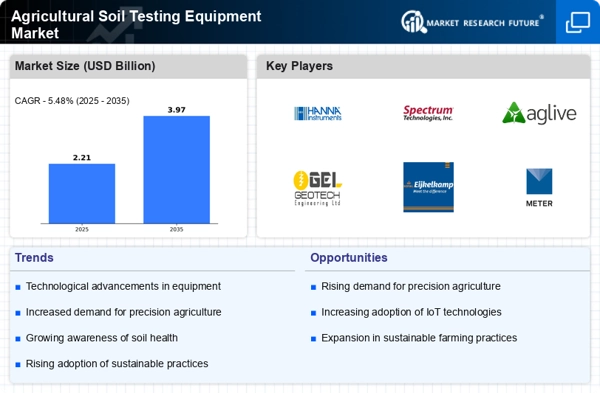
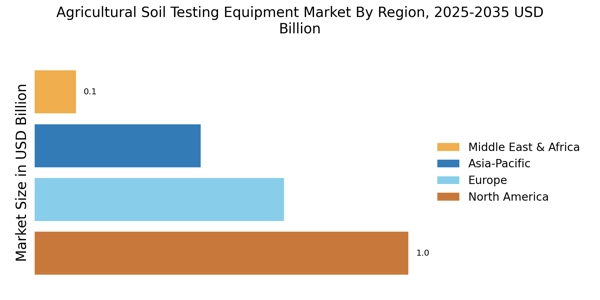
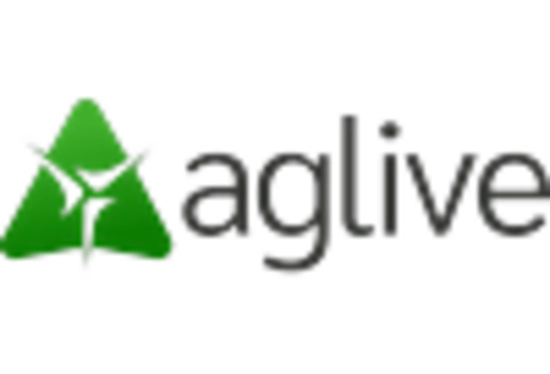
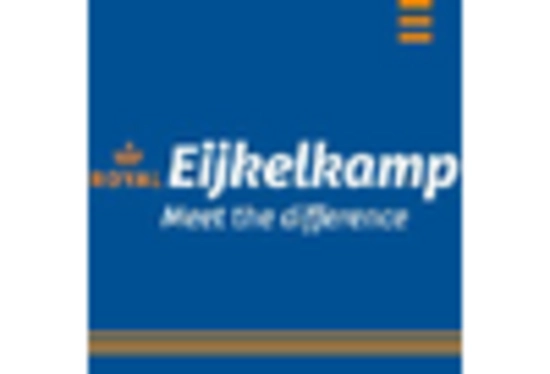

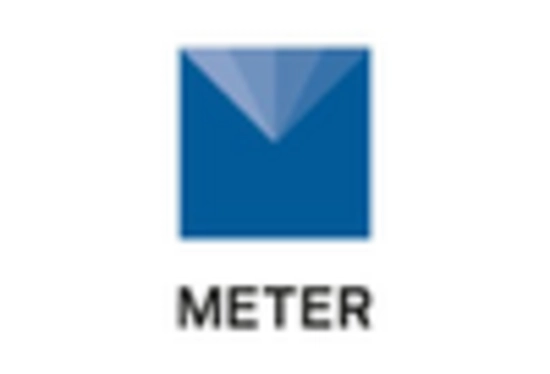
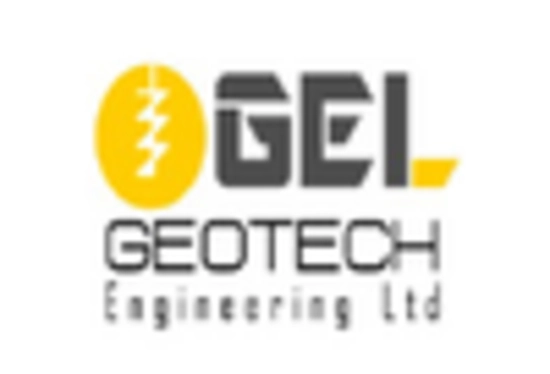









Leave a Comment